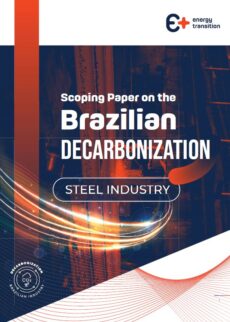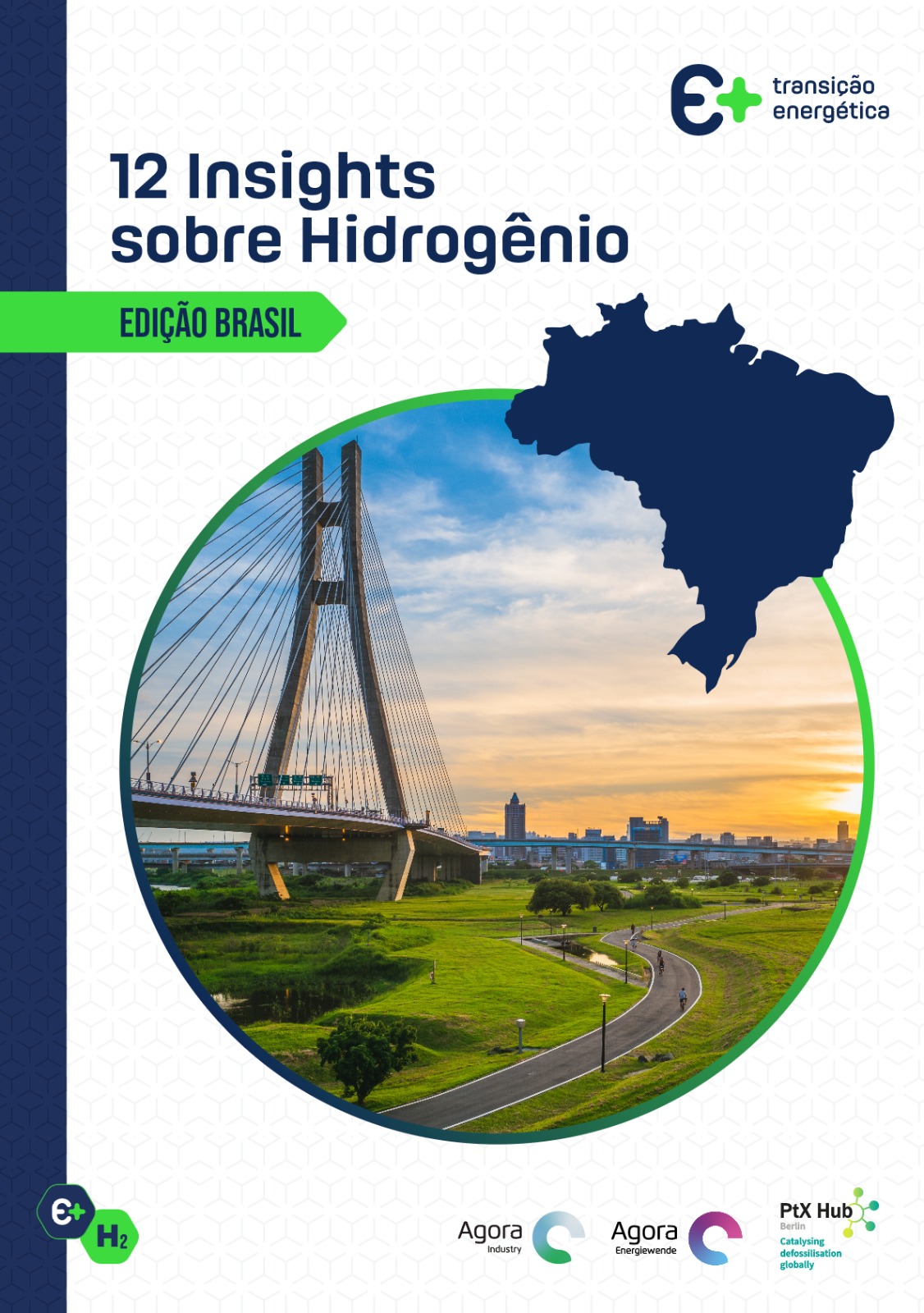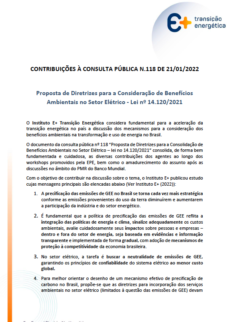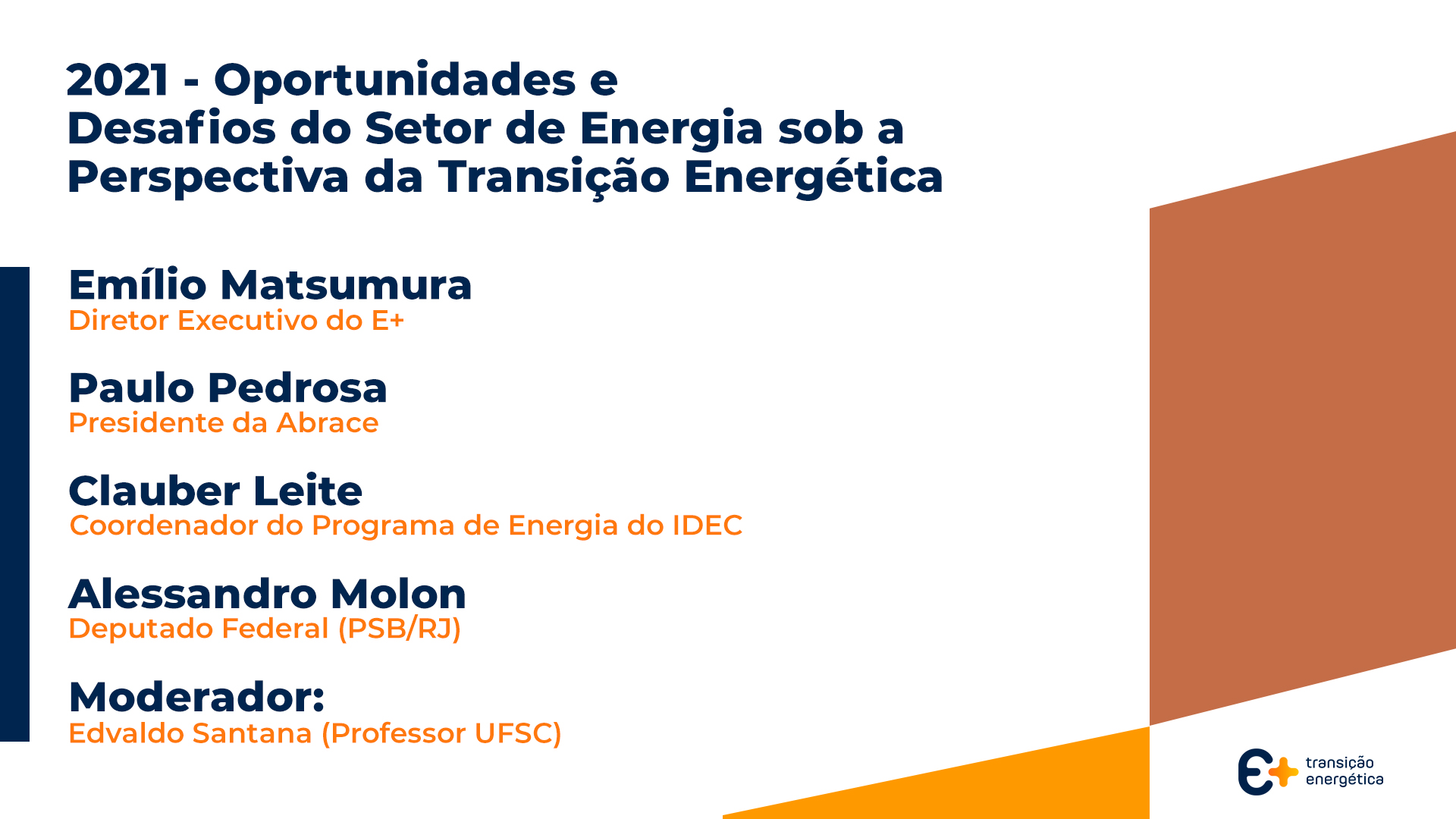
05/2022
Decarbonization of the Energy Sector in Brazil
Main conclusions:
For the transportation sector in the short term there is a greater potential for ethanol, whose production could be driven by energy cane planting and second- generation ethanol processes. For the medium to long term there is high potential for electrification in the Brazilian market, driven by the low emission, green diesel, sustainable aviation fuel (SAF) and low carbon hydrogen/ammonia electricity matrix.
Emissions from energy expenditure in the industrial and fuel production sector accounted for 6% of Brazilian emissions, which accumulated 128 million tons of CO2 equivalent (MtCO2) in 2019. The five industrial activities with the greatest impact on emissions from the sector (about 70% of the total) are: i) Oil and natural gas exploration; ii) Oil refining; iii) Chemical industry; iv) Cement production; and v) Pig iron and steel production.
Energy expenditure from commercial, public, and residential buildings represented 7% of the energy sector emissions in 2019, with 30 MtCO2e per year, of which 90% is derived from the residential portion. The main ways to decarbonize the building sector are i) Energy Efficiency, focused on architectural materials and techniques; ii) Self-production of electricity focused on solar photovoltaic systems; iii) Solar energy for thermal water heating; and iv) Electric motors for higher efficiency in household appliances.
Electricity generation accounted for 13% of power sector emissions with an emissions intensity of about 87gCO2e/kWh in 2019. These emission levels are well below the global benchmark, which is close to 475 gCO2e/kWh. This is due to the high share of renewable sources in the Brazilian electricity matrix, mainly hydroelectric. In this context, the biggest challenge for the electricity sector will be to expand to meet the demand of other sectors that present difficult decarbonization processes, and to do this without increasing its share of fossil sources in the matrix
Summary:
Aiming to contribute to the discussion about decarbonization opportunities in Brazil, this study presents a detailed discussion about the low carbon pathways/pathways by sector. The report is subdivided, according to the categories considered the Greenhouse Gas Emissions and Removals Estimating System, for the Transport, Industry, Buildings and Electricity sectors.
In this sense, this report seeks to elucidate the background of the topic and point out hypotheses/trends to be deepened in an expanded research effort.
Finally, it is note that the implementation of the measures presented for decarbonization may be encouraged through government policies. In the case of possibilities that already present economic viability, such as certain energy efficiency actions, the government role may be restricted to the definition of specific credit lines to encourage the decision making of the company or individual. In relation to technologies that do not present economic viability yet, the most effective measure considered would be the definition of a carbon pricing strategy. With the high Brazilian potential for the production of renewable resources, a small price would already be enough to cause significant impacts on the carbon intensity in the country’s economy.






